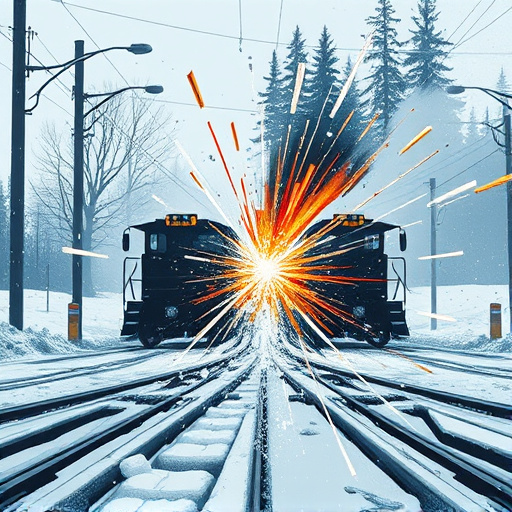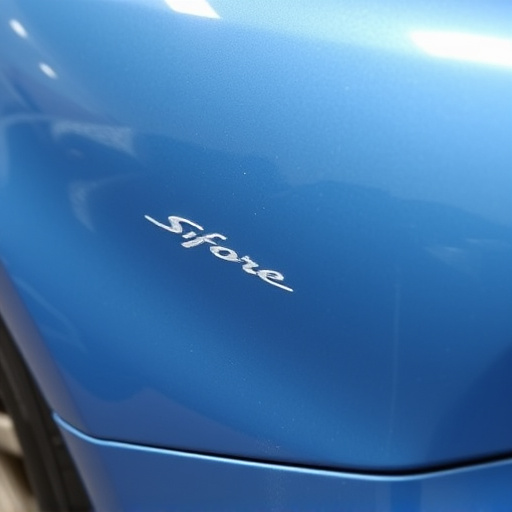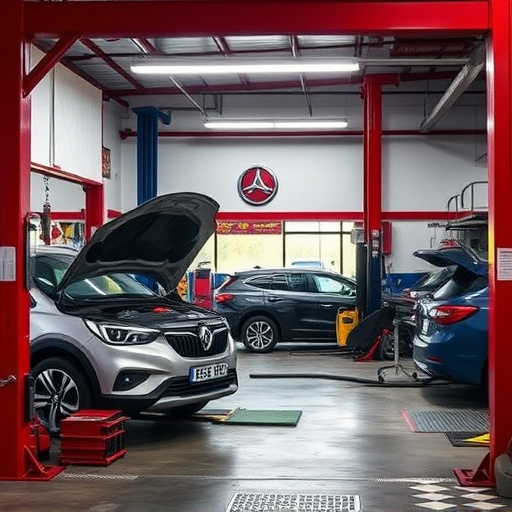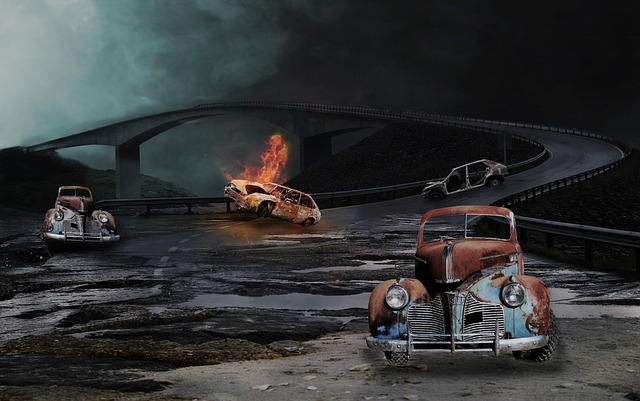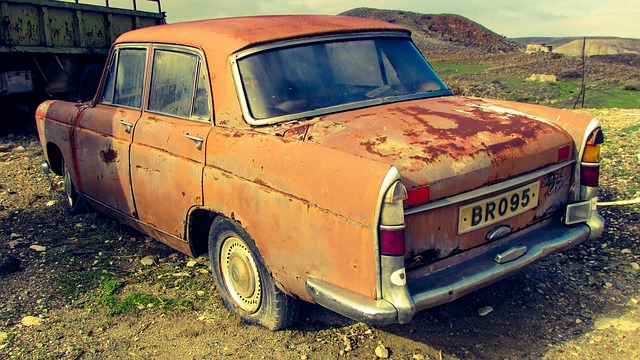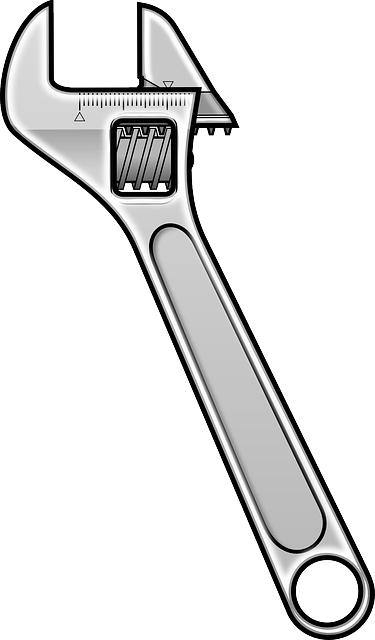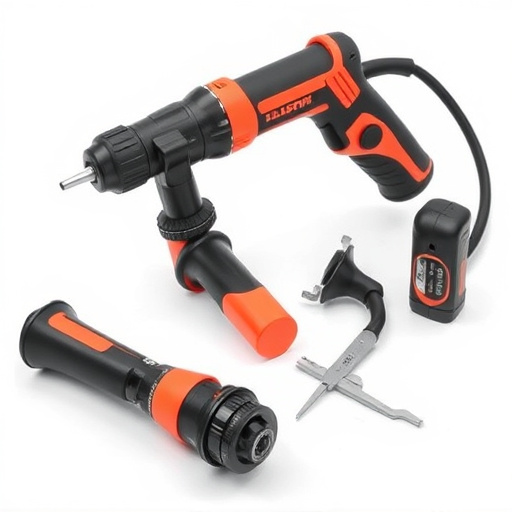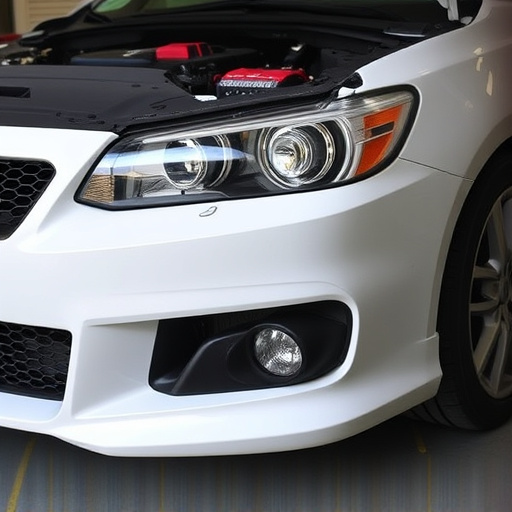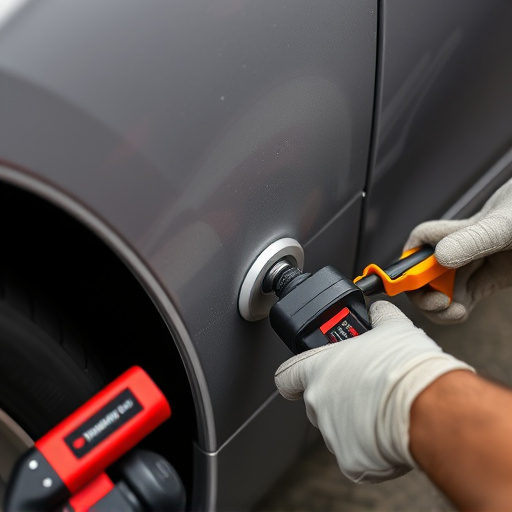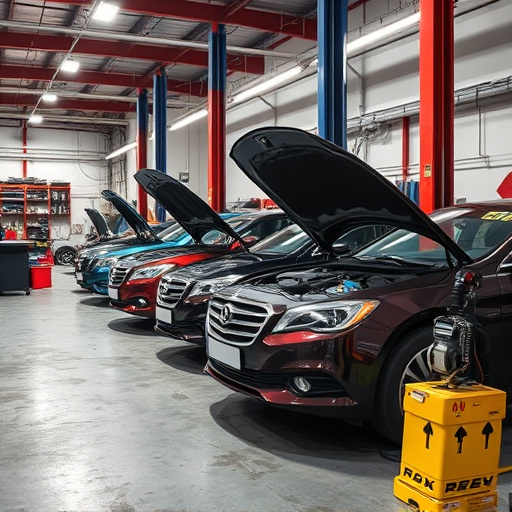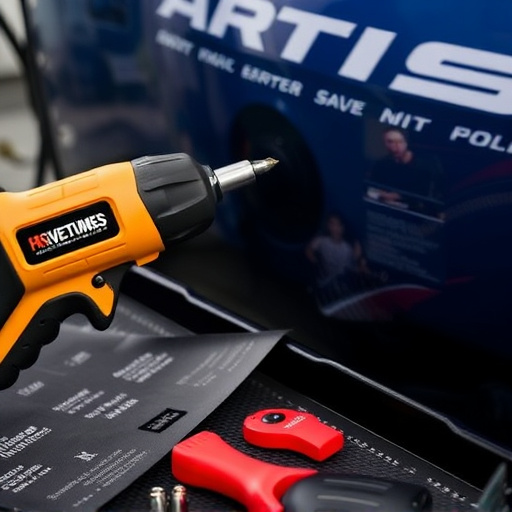Tesla repair scanning is a mandatory process for auto repair shops, using advanced tools to diagnose Tesla vehicle issues. Insurance companies require it for safe, cost-effective repairs, assessing damage, battery health, and electrical systems. Best practices include staying updated with software, policy guidelines, staff training, and digital documentation for transparent, reliable repairs.
Tesla owners often wonder about the insurance requirements for their unique vehicles, especially when it comes to repairs. This article delves into the essential topic of Tesla repair scanning and what insurance companies expect. We explore the significance of understanding these requirements to ensure smooth post-accident processes. By uncovering the criteria insurance firms use in scans, you’ll gain insights into best practices for repairers, helping you stay compliant and provide top-quality service for electric vehicle repairs.
- Understanding Tesla Repair Scanning Requirements
- What Insurance Companies Look for in Scans
- Ensuring Compliance: Best Practices for Repairers
Understanding Tesla Repair Scanning Requirements
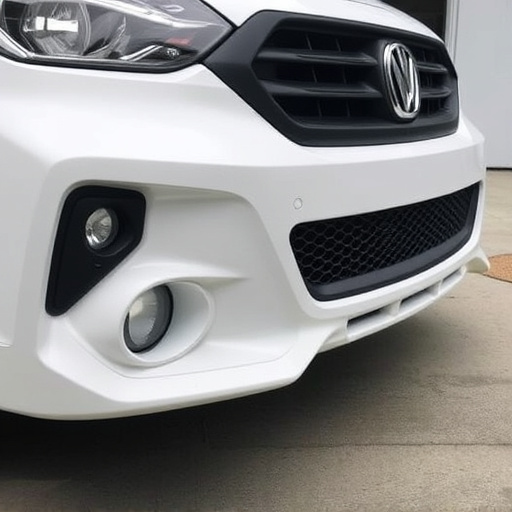
Understanding Tesla Repair Scanning Requirements
Tesla repair scanning is a critical process that involves advanced diagnostic tools to assess and diagnose issues within Tesla vehicles. Insurance companies have specific requirements for this process, as it ensures accurate and efficient repairs, aligning with safety and cost-effectiveness goals. Auto repair shops specializing in Teslas must be equipped with the necessary technology to conduct thorough scanning, including specialized software and hardware capable of reading vehicle data.
This procedure goes beyond standard automotive body work; it involves precise identification of problems, which can range from electrical glitches to complex mechanical failures. By utilizing Tesla-specific scanning methods, repair shops can accurately pinpoint issues, facilitating tailored solutions for each vehicle. This meticulous approach not only enhances the quality of repairs but also helps insurance companies manage claims more effectively, ensuring that car dent removal or other aesthetic fixes are addressed alongside more substantial technical concerns.
What Insurance Companies Look for in Scans

Insurance companies take Tesla repair scanning seriously as it plays a crucial role in assessing and approving claims for electric vehicle (EV) repairs. When evaluating a claim, insurers look for several key factors during the scanning process to ensure accurate and fair settlements. Primarily, they focus on the extent of damage, which often differs from traditional car repairs due to EV-specific components and systems. Scans reveal detailed information about structural integrity, battery health, electrical system functionality, and the overall condition of high-voltage components—all essential for determining the scope of work required in an automotive restoration process.
Furthermore, insurance companies verify the expertise of the automotive body shop handling the repairs. They check if the shop is equipped to handle Tesla-specific repairs and has certified technicians trained in electric vehicle repair. This ensures that the restoration process adheres to manufacturer standards, using genuine parts where necessary, such as those found in a Mercedes Benz repair facility specializing in EV maintenance. By scrutinizing these aspects, insurers aim to prevent fraud and maintain transparency throughout the claims settlement process.
Ensuring Compliance: Best Practices for Repairers
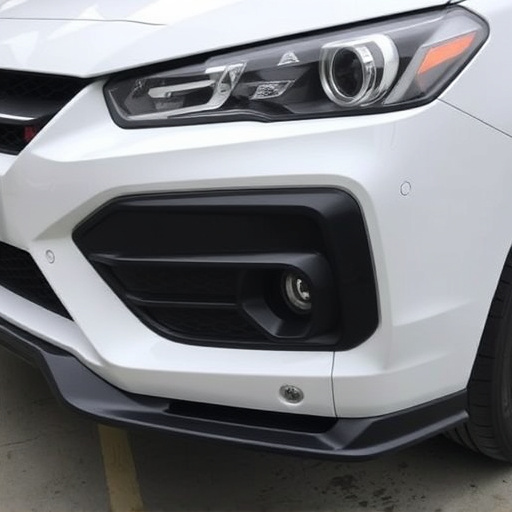
To ensure compliance with insurance company requirements for Tesla repair scanning, repairers must adopt best practices. This includes staying up-to-date with the latest software and technology to accurately diagnose and document vehicle damage. Repairers should also maintain a thorough understanding of insurance company policies and guidelines, as well as industry standards, to provide accurate and detailed reports.
Regular training sessions for staff involved in Tesla repair scanning can help keep everyone informed about changes in procedures and regulations. Additionally, keeping records organized and easily accessible is crucial. Utilizing digital systems for documenting repairs not only streamlines the process but also provides clear evidence of the work done, enhancing transparency and accountability. This ensures that both insurance companies and car owners have confidence in the repair process.
Tesla repair scanning is a crucial process that ensures vehicle safety and authenticity. By understanding and adhering to insurance company requirements, repairers can streamline claims processing and maintain customer satisfaction. Through comprehensive scanning practices, professionals in the automotive industry can deliver reliable services, foster trust with insurers, and contribute to the overall integrity of Tesla repairs.
